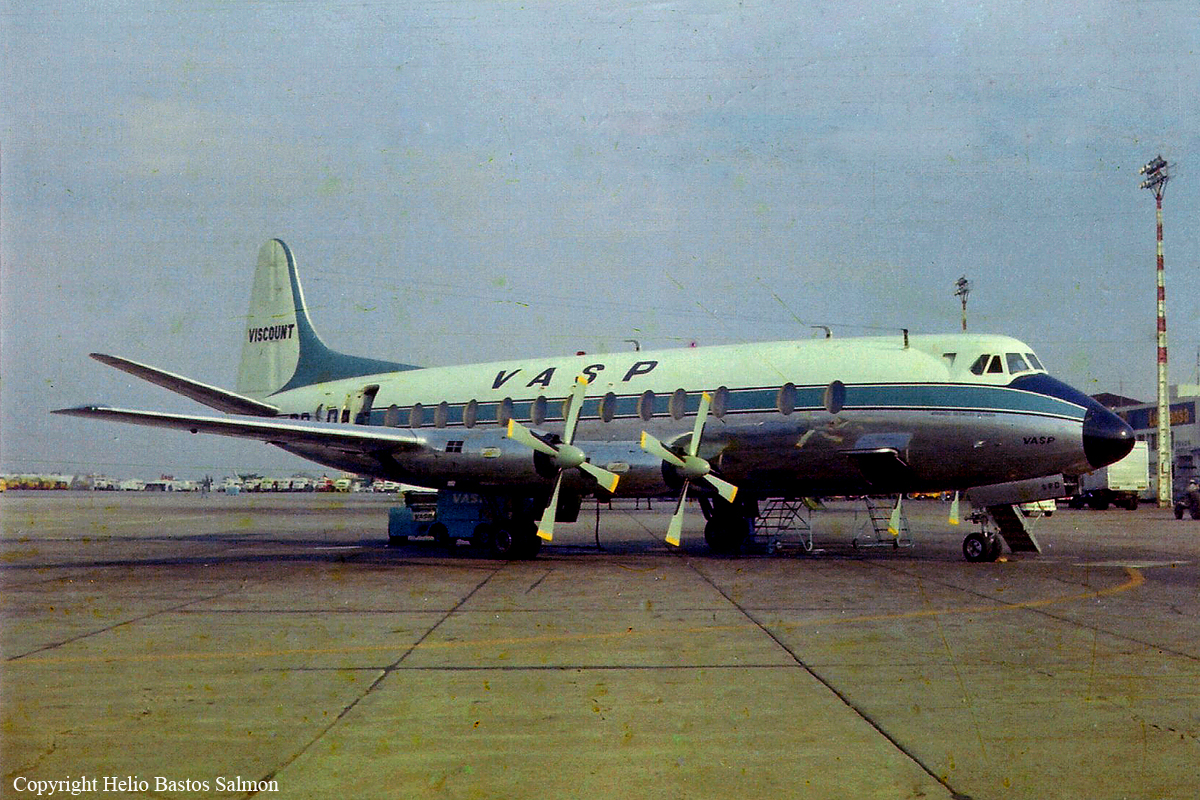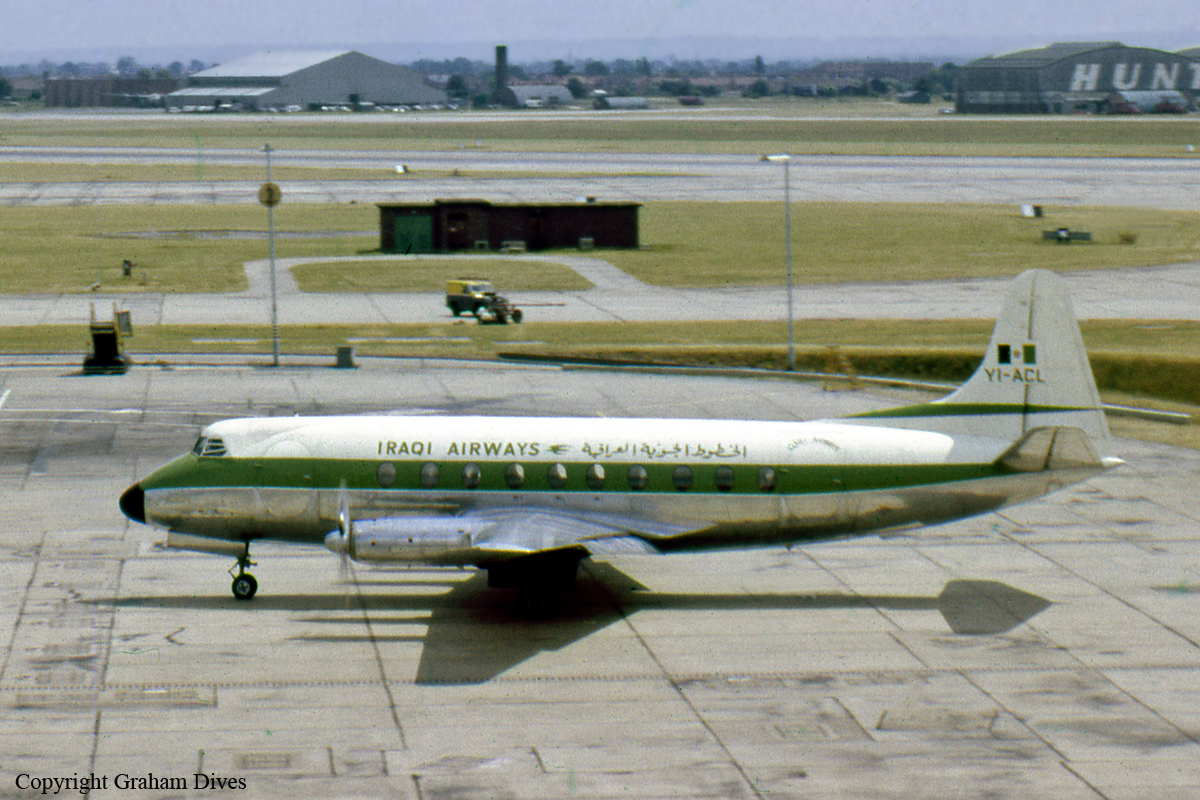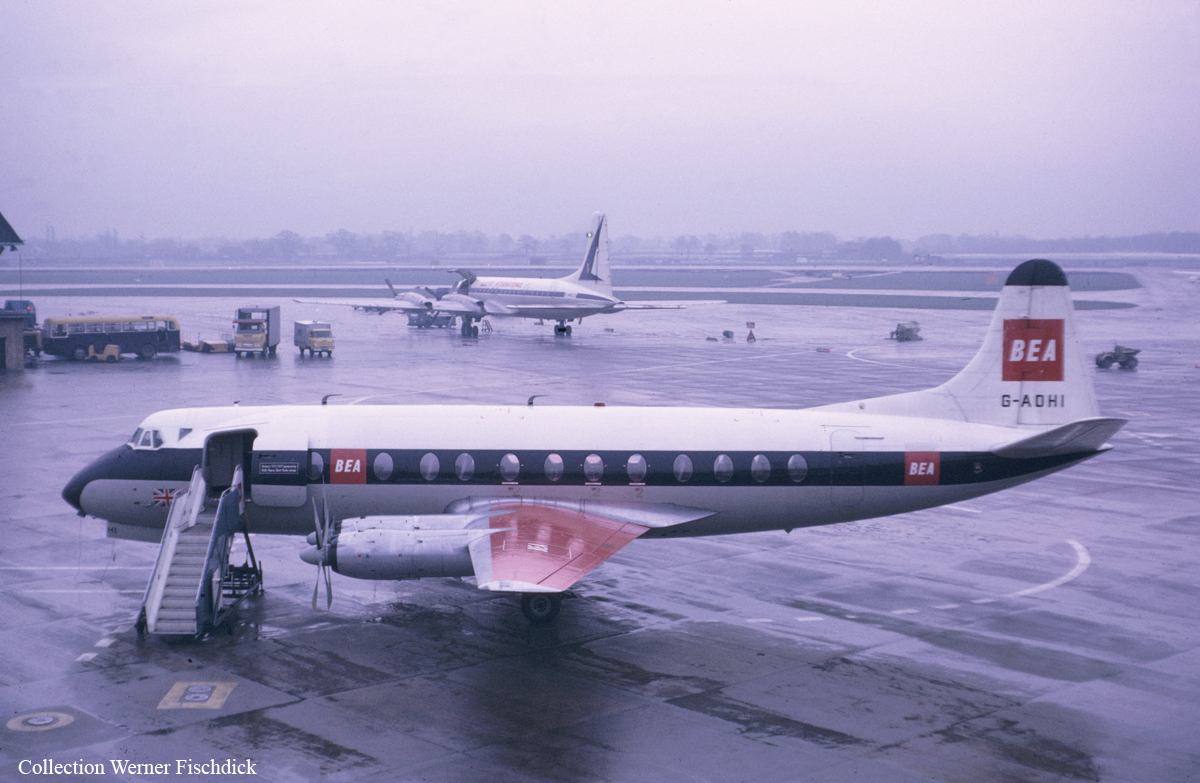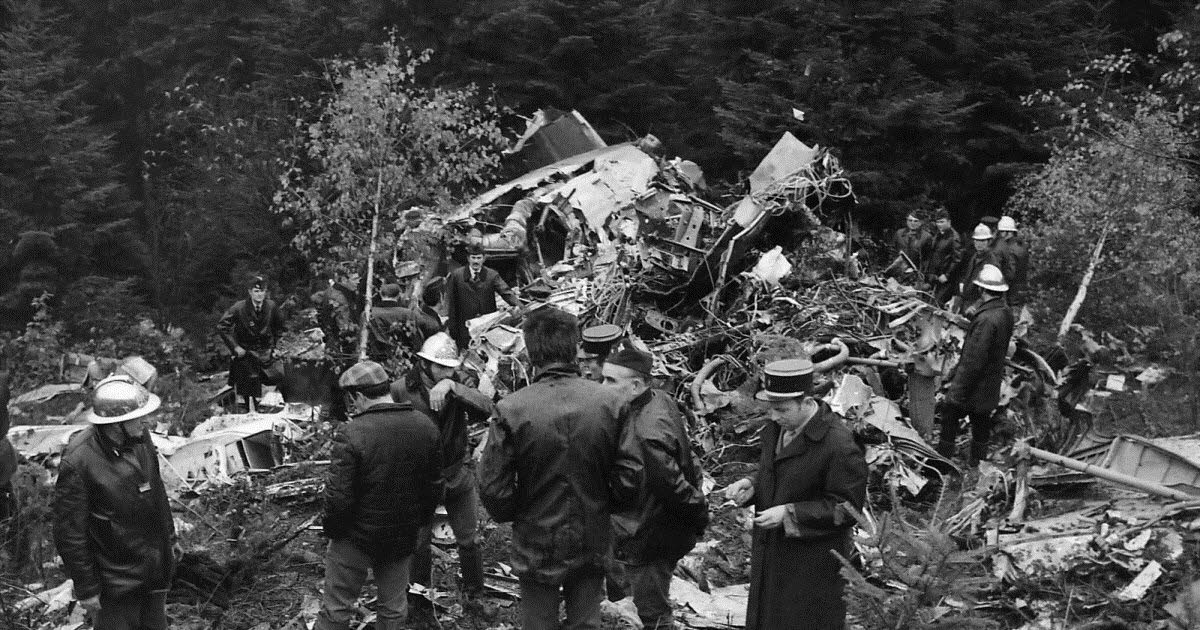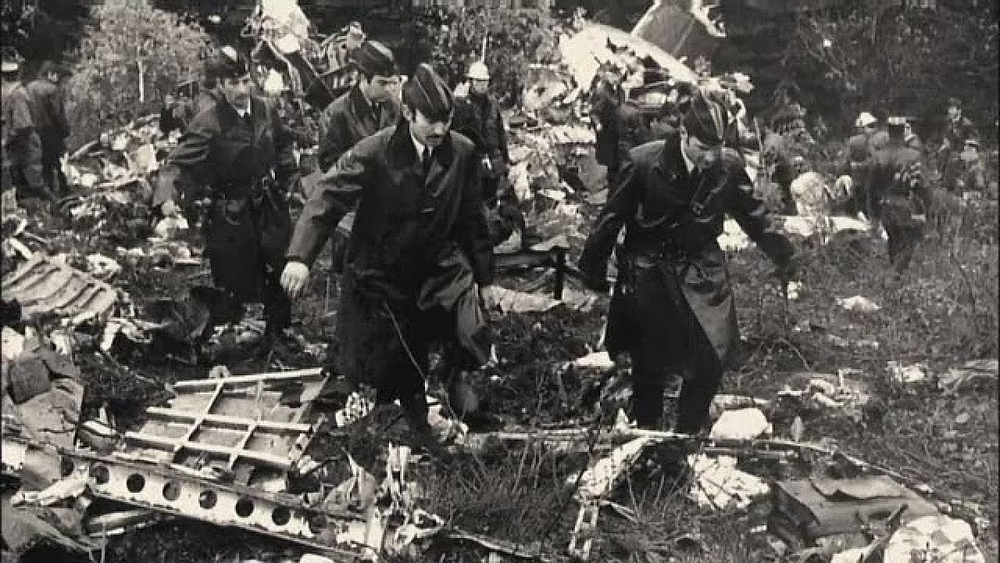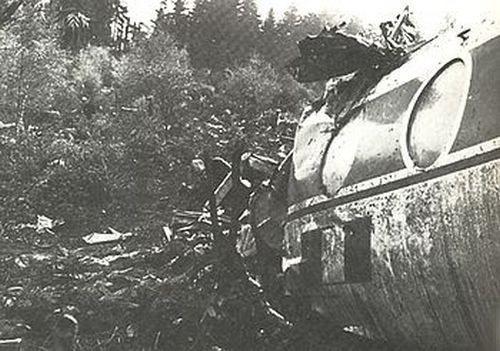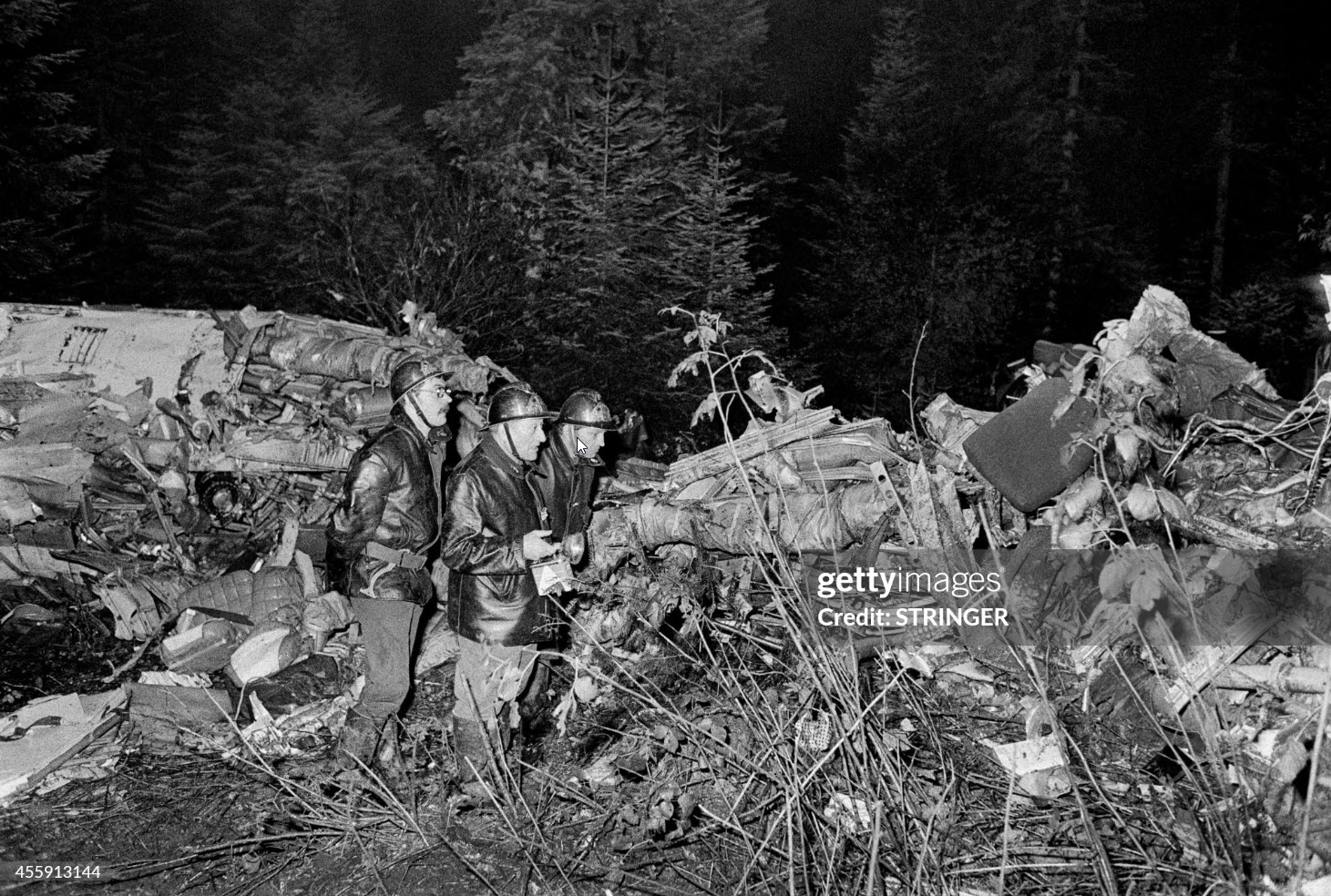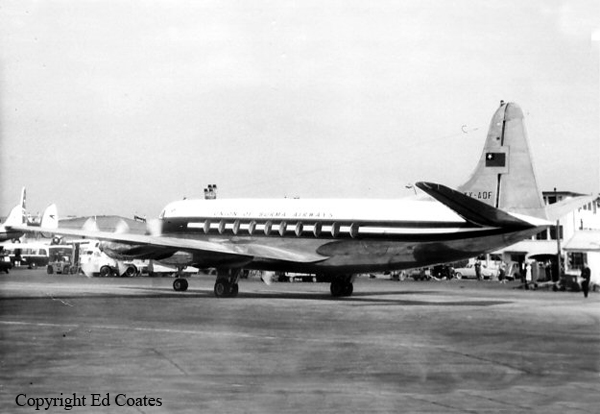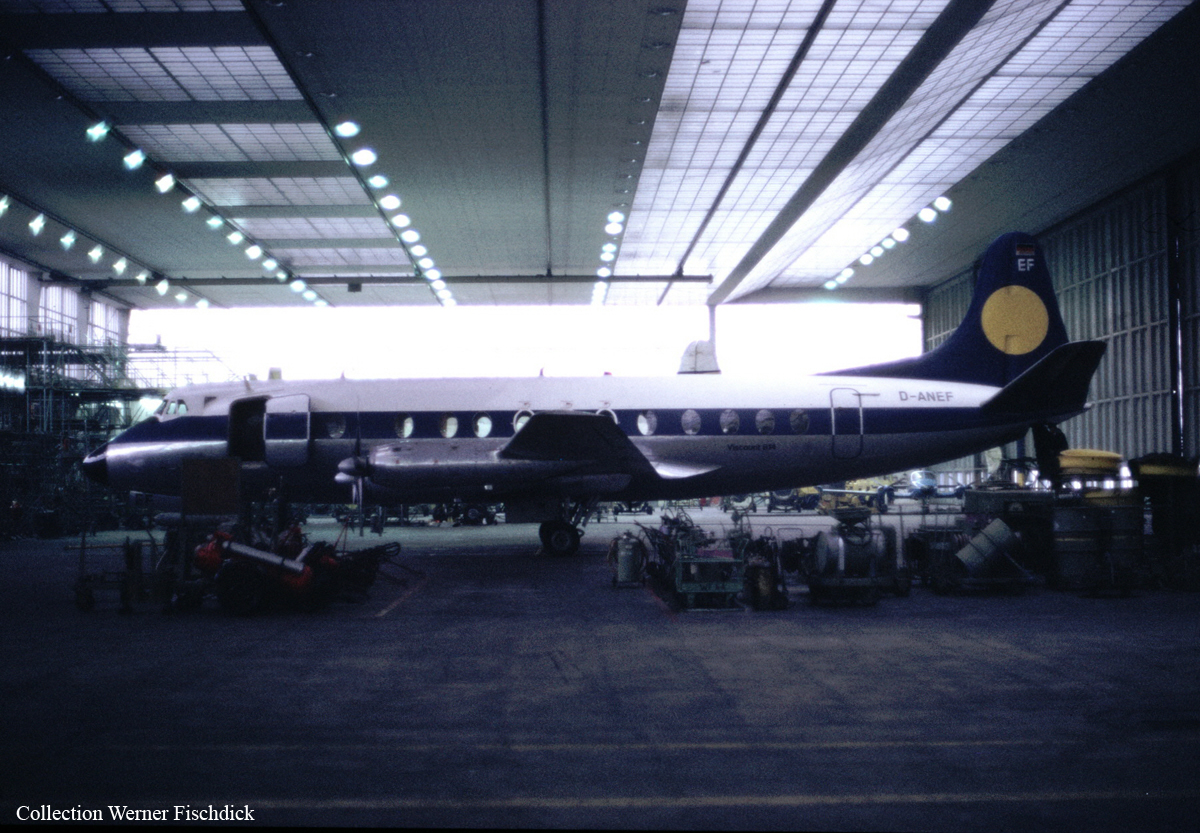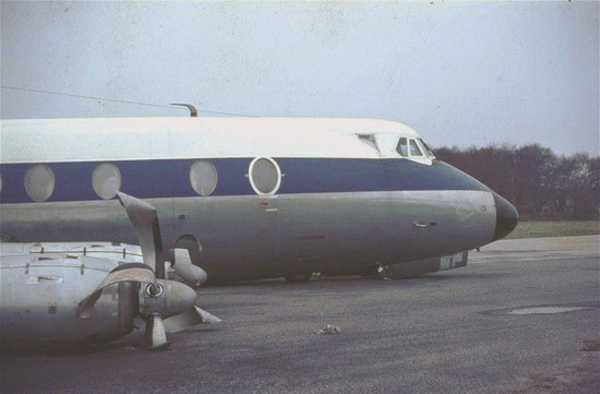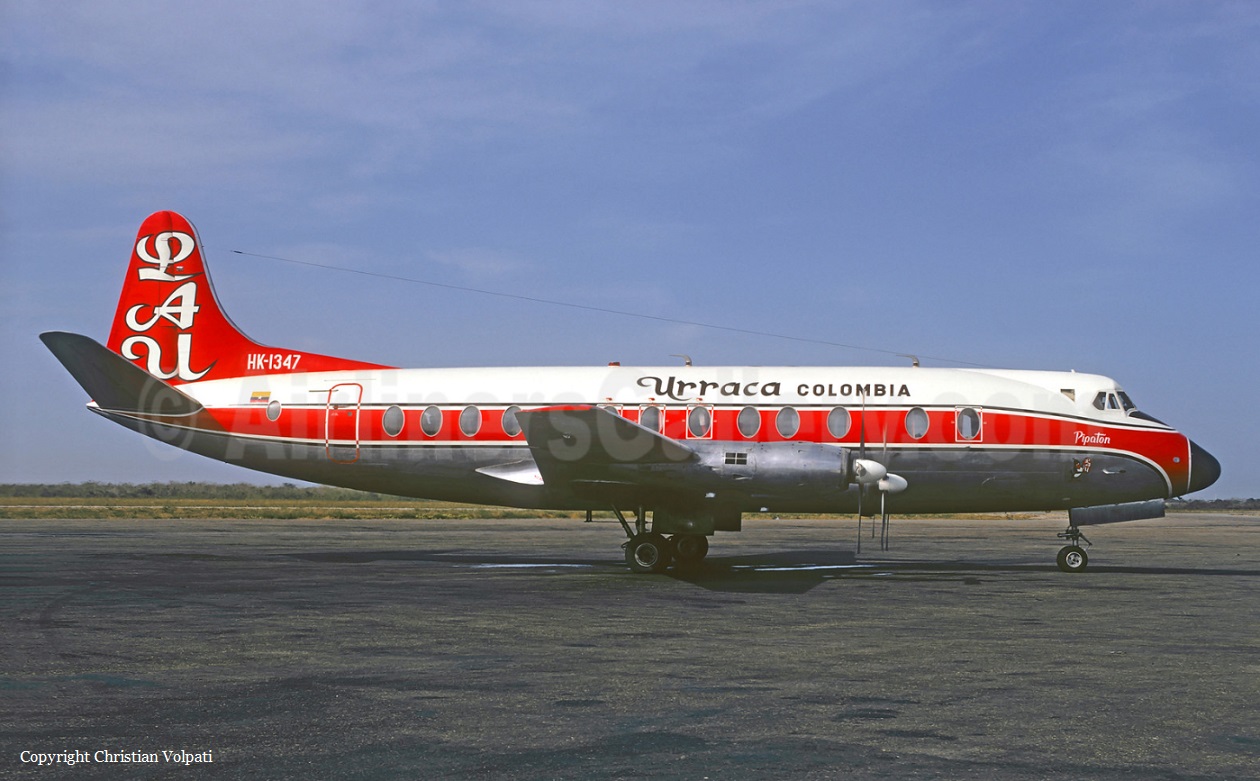Crash of a Vickers 785D Viscount near Cúcuta: 44 killed
Date & Time:
Jun 8, 1974 at 1427 LT
Registration:
HK-1058
Survivors:
No
Schedule:
Bogotá – Bucaramanga – Cúcuta
MSN:
380
YOM:
1958
Flight number:
TAO514
Crew on board:
6
Crew fatalities:
Pax on board:
38
Pax fatalities:
Other fatalities:
Total fatalities:
44
Circumstances:
While descending to Cúcuta-Camilo Daza Airport in good weather conditions at an altitude of 7,000 feet, the four engine airplane went out of control and crashed on the slope of Mt San Isidro located near the Colombia - Venezuela border. The aircraft was totally destroyed and all 44 occupants were killed.
Probable cause:
Aircraft structure factor - tail unit, involving the failure in flight of the tailplane spar, so that the left tailplane and elevator became detached and control of the aircraft was lost. An examination of the aircraft wreckage revealed that the upper flange of the left tailplane spar had sustained a fatigue fracture, two distinct areas being visible, namely the area of progressive fatigue and the area of instantaneous failure. This evidence obviously explained the accident, since the already weakened structure was not able to withstand the loads imposed when the aircraft entered an area of turbulence. Laboratory tests subsequently carried out confirmed the failure.





